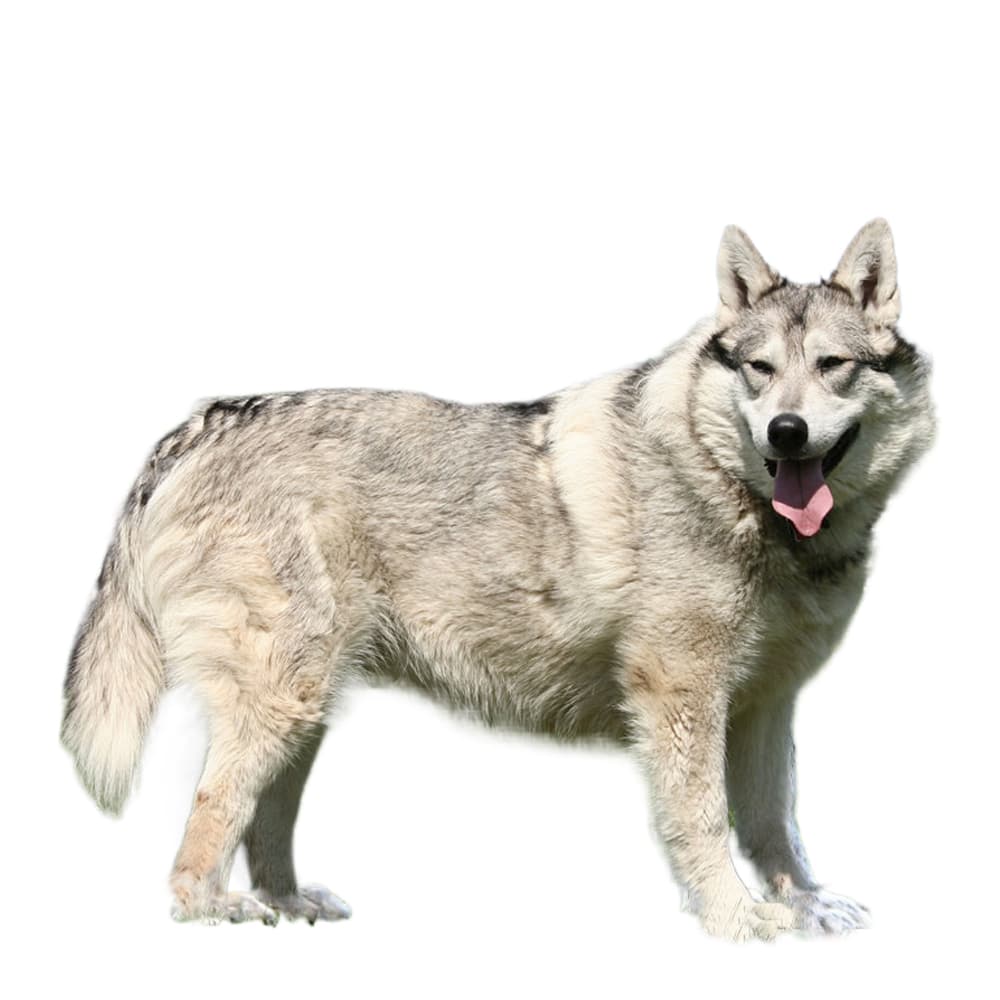Discover your dog's connection to this breed and 200+ others


Discover your dog's connection to this breed and 200+ others



The Diqing Indigenous Dog, also known as the Yunnan Yellow Dog, is a breed of dog that originated in the Diqing Tibetan Autonomous Prefecture in Yunnan Province, China. It has a strong and muscular build, with a thick coat that comes in various shades of yellow, ranging from pale cream to deep golden. Its ears are typically erect, and its tail is bushy. The history of the Diqing Indigenous Dog is closely tied to the history of the Tibetan people who have lived in the region for centuries. The Diqing Indigenous Dog is considered a rare breed, and its population is declining due to crossbreeding with other dog breeds. However, efforts are being made to preserve the breed, and it is recognized by the China Kennel Union as a unique and important part of China's cultural heritage.
Currently, there are no known genetic conditions tightly associated with the Diqing Indigenous Dog breed. As for all breeds, genetic screening is recommended to assist veterinarians with diagnosis and proactive care, as well as help breeders identify affected and carrier dogs.
The Diqing Indigenous Dog is known for its endurance, agility, and loyalty. This breed has been used by the local Tibetan people for centuries as a guardian, hunting, and herding dog. It was also used to protect their livestock and homes from predators. These dogs are generally reserved, but very protective of their families and territory. They tend to be somewhat aloof and are not typically outgoing dogs. They require strong training and socialization from a young age to ensure they are well-behaved and safe around strangers and other animals. Despite their imposing size and protective nature, they can also be quite gentle and affectionate with their families.
The Diqing Indigenous Dog was developed to thrive in the harsh terrain and extreme weather conditions of the Himalayan mountains.
Recommended by top vets with decades of experience
21 breeds
64 genetic health markers
50 genetic trait markers
